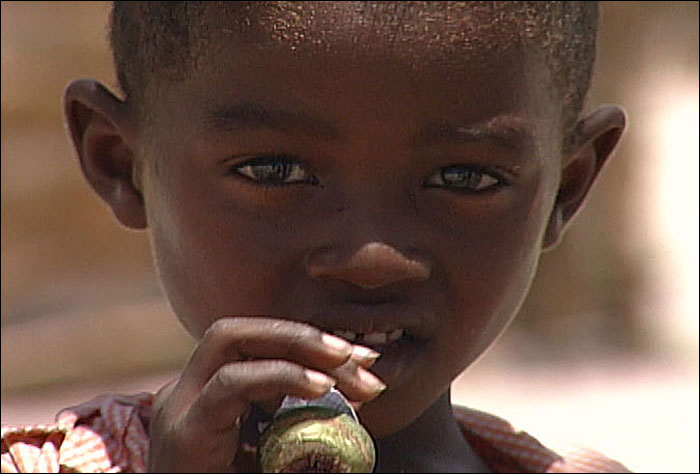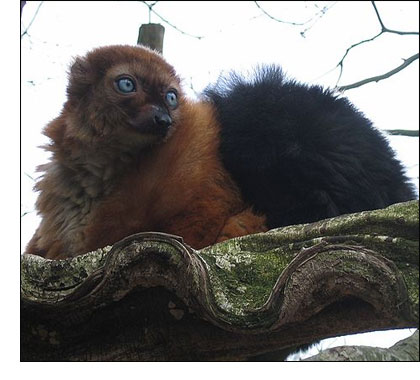Madagascar Conservation Progress
Antananarivo is the capital of Madagascar, a nation of 17.3 million people that is emblematic of all the 35 biological hotspots on the planet, where some 300 million people live within 10 kilometers of the protected areas found there. Many of those people are poor and their livelihood — poverty alleviation — is critical if conservation initiatives are to succeed. If conservation initiatives are to succeed, poverty alleviation is crucial. Over 300 million people live within ten kilometers of the world’s hotspots and many of those people are poor. They are also the same pool of local knowledge and human resources from which park and eco-tourist guides, and the next generations of ecologists will likely be recruited.

In filming “Hotspots”, DSF and our film’s host, Dr. Russell A. Mittermeier, President of Conservation International, explored several key sites within this country, 400 kilometers off the East coast of Africa, exploring critical issues and Endangered species.
Because the country has been separated from the African mainland for some 160 million years, her isolation has prompted a unique evolutionary force that has unleashed countless endemic species found nowhere else on earth. These include the remarkable Lemurs. At Andasibe, DSF filmed the giant Indri, the Mountain Gorilla equivalent for Madagascar. Tragically, in some parts of the country, people are still hunting this magical creature for food.
 And at the remote Sahamalaza Scientific Research Camp in northwestern Madagascar, DSF filmed the work of six Swiss and German scientists studying other endangered Madagascar primates, including a new species of Pygmy Lemur, and Sclater’s Blue-Eyed Black lemur, one of approximately sixty of the most critically endangered primates in the world. DSF was the first to ever film this species on the verge of extinction. Fewer than a thousand individuals are confined to forest fragments threatened on all sides by man-made fires. Dr. Mittermeier told us, “Its future depends in part on the willingness of the government to set aside a protected area, but perhaps more than anything else, on the dedication of a handful of individual researchers, and their willingness to stay in a place like this over the long term, and also the relationship that they’re able to develop with local communities to make sure that local communities also have a buy-in and an interest in the future of the species.”
And at the remote Sahamalaza Scientific Research Camp in northwestern Madagascar, DSF filmed the work of six Swiss and German scientists studying other endangered Madagascar primates, including a new species of Pygmy Lemur, and Sclater’s Blue-Eyed Black lemur, one of approximately sixty of the most critically endangered primates in the world. DSF was the first to ever film this species on the verge of extinction. Fewer than a thousand individuals are confined to forest fragments threatened on all sides by man-made fires. Dr. Mittermeier told us, “Its future depends in part on the willingness of the government to set aside a protected area, but perhaps more than anything else, on the dedication of a handful of individual researchers, and their willingness to stay in a place like this over the long term, and also the relationship that they’re able to develop with local communities to make sure that local communities also have a buy-in and an interest in the future of the species.”
For more information:
> Conservation International, Madascar
> Fanamby: Maintaining Protected Areas
